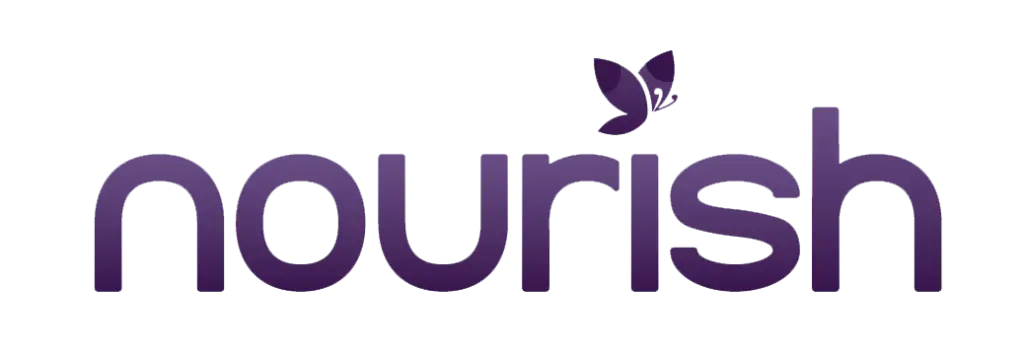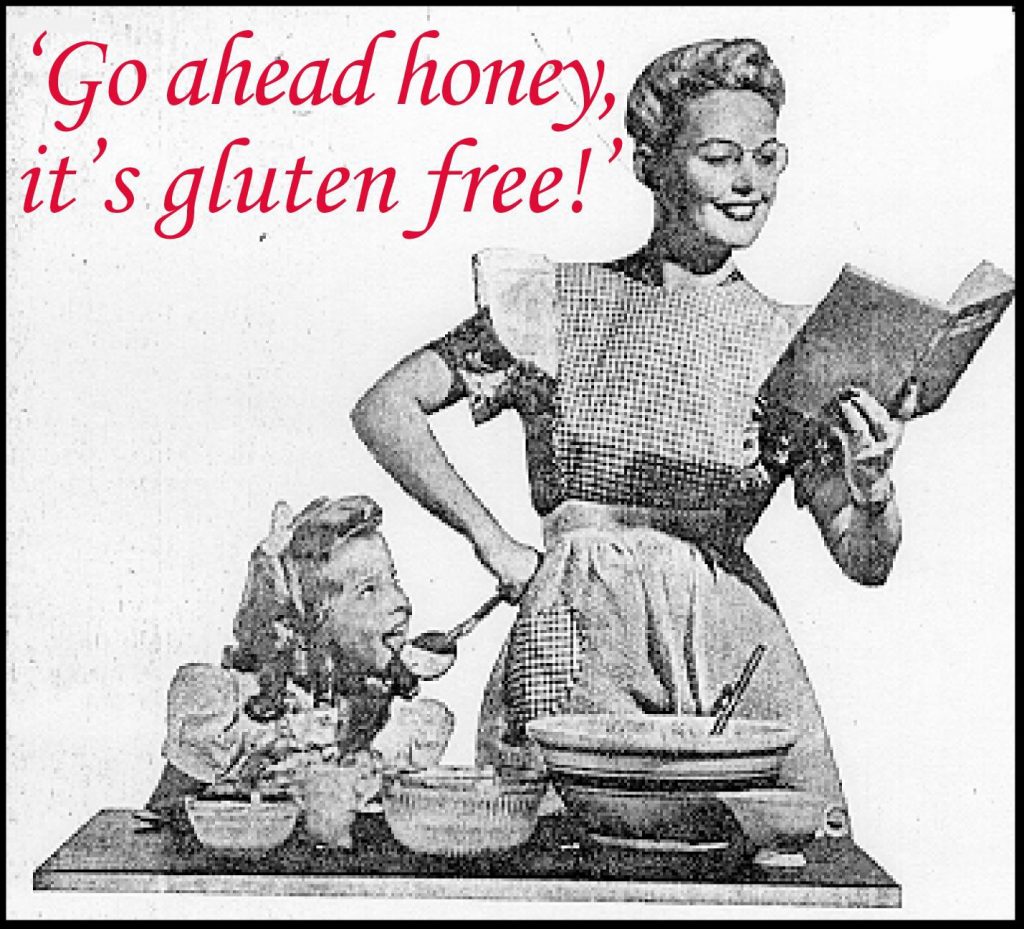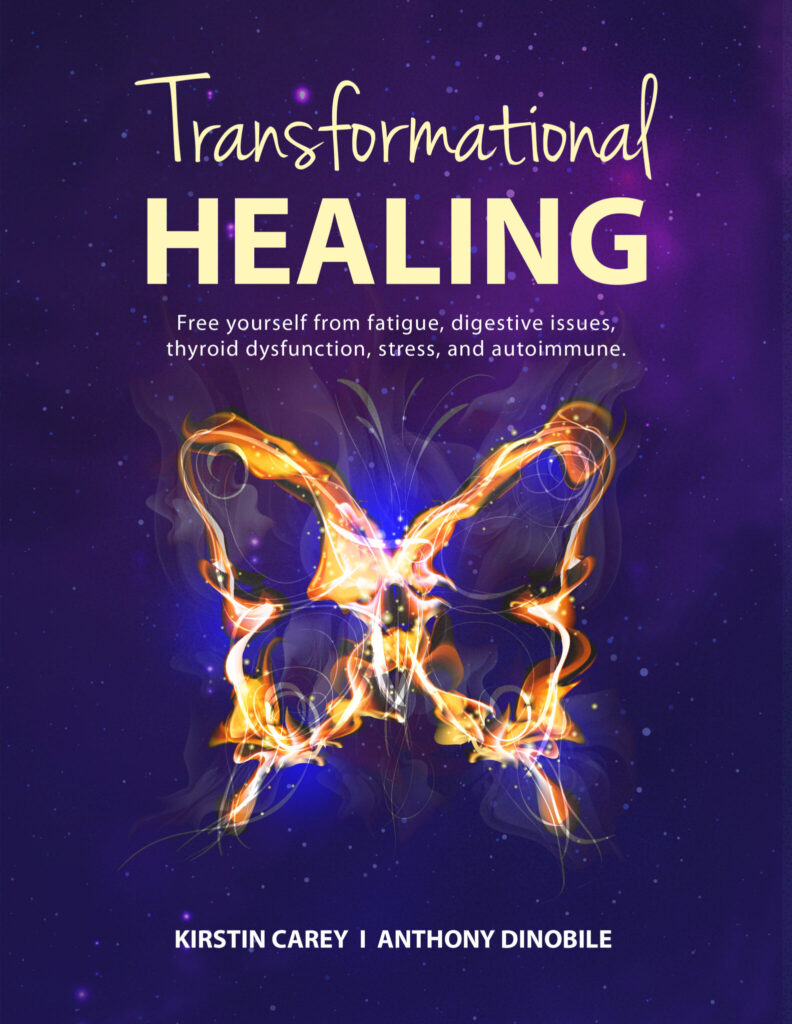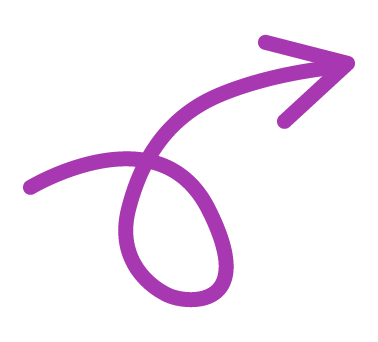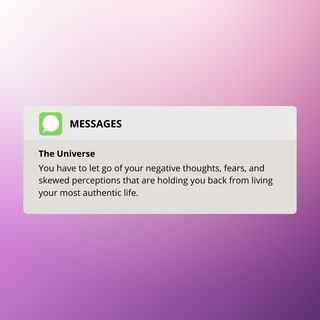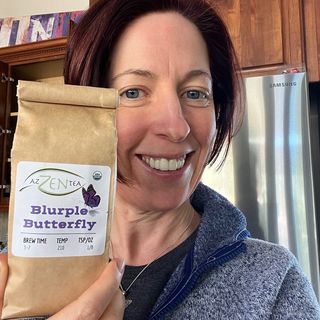For those of us who have no choice but to eat gluten-free the fact that the country is finally recognizing gluten-free as a common term is a relief. Unfortunately, in standard American form, manufacturers are jumping on the GF bandwagon, but not necessarily for the greater good.
Everyone seems to want a piece of the GF pie. Heck, even Sara Lee and Betty Crocker have gotten into the game. Those old broads ain’t gonna to let a little thing like Celiac’s Disease eat away at their profits. No way.
That being said, just because the label says “gluten free” doesn’t mean you should be eating it regardless of allergies, aliments, or dietary restrictions. You still need to read all of the label and understand what you are reading.
1. High fructose corn syrup – not good for you. Period.
2. Fake sweeteners such as Splenda, saccharin, Sweet-n-low, or other modified or manufactured sweetening products. – Bad bad bad.
3. MSG (mono sodium glutamate) – Flavor enhancer found in prepackaged and frozen foods. Causes a litany of negative reactions from migraines to depression to skin conditions. Avoid it.
4. Preservatives – if it’s preserving the food, then what is it doing to your insides?
5. Soy – Heralded as a “super food” at one point, this item has not only made its way to the list of Top 8 Food Allergens according to the Mayo Clinic, it is also been blamed for many women’s cancers and hormonal imbalances.
6. Low fiber – one big challenge for people who eliminate gluten from their diets is making sure they get enough fiber. Items with little (3 g or fewer per serving) or no fiber.
7. Ingredients Difficult to Understand – If you don’t know what the ingredients are, the you should be cautious of eating the item. It’s generally a good indication that you probably shouldn’t be eating it.
Overall, use common sense when eating. Just because you CAN eat it, doesn’t necessarily mean you SHOULD.
